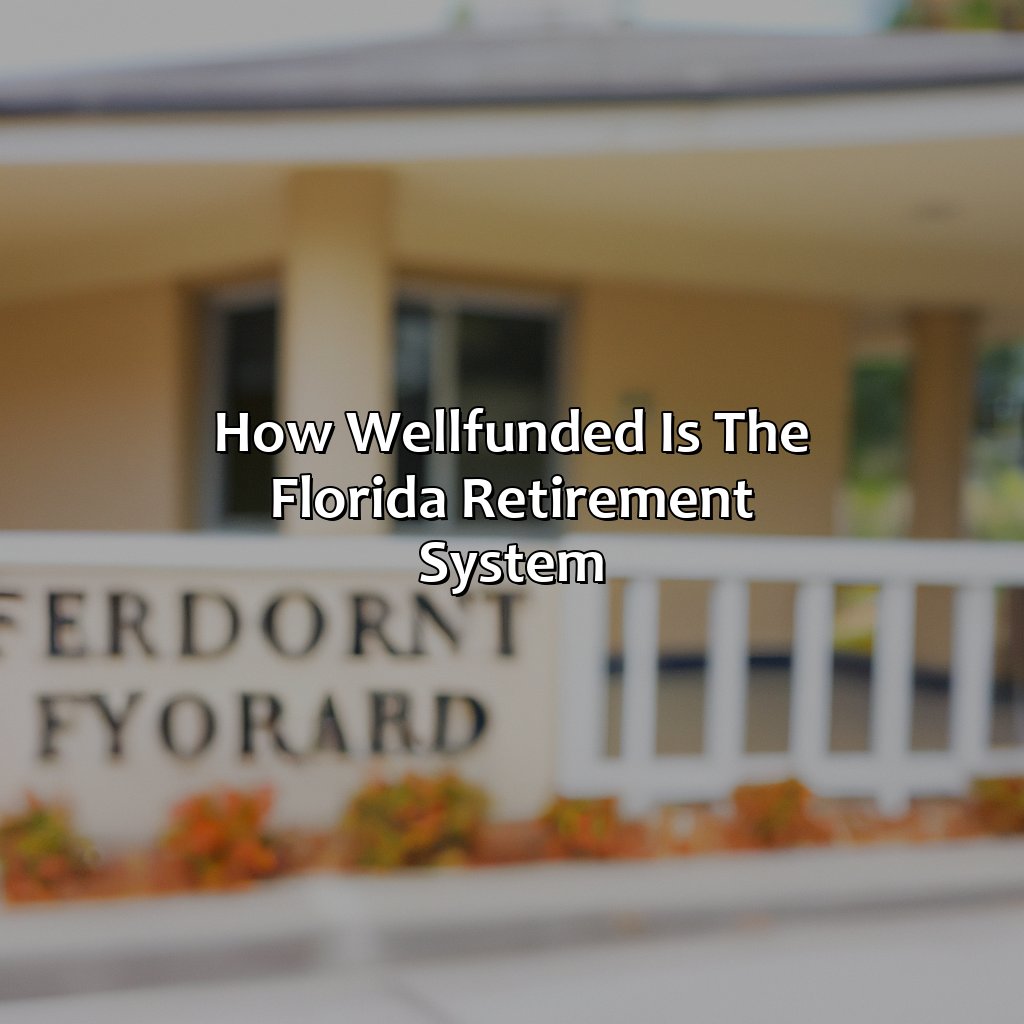How Well-Funded Is The Florida Retirement System?
Key Takeaway:
- The Florida Retirement System is a retirement plan that covers state and local government employees in Florida.
- The system is funded through contributions from employees and employers, as well as investment income.
- While the Florida Retirement System is currently well-funded, future projections are uncertain due to factors such as investment performance and economic conditions.
Are you looking to make sound retirement investments? You need to know the financial health of the Florida Retirement System. This article will explore its current funding status and help you make the right decision.
Understanding the Florida Retirement System
The Florida Retirement System is a pension plan for state employees that provides retirement benefits. The plan is funded by employee and employer contributions, as well as investment returns. The system includes three plans: the Regular Plan, Investment Plan, and Special Risk Plan. The Regular Plan provides a defined benefit, while the Investment Plan is a defined contribution plan. The Special Risk Plan is for law enforcement officers and firefighters, providing enhanced retirement benefits. Despite funding challenges in the past, the system remains one of the largest and most secure retirement systems in the country.
Pro Tip: It’s important to regularly check the status of your retirement plan and adjust contributions as needed to ensure a stable financial future.
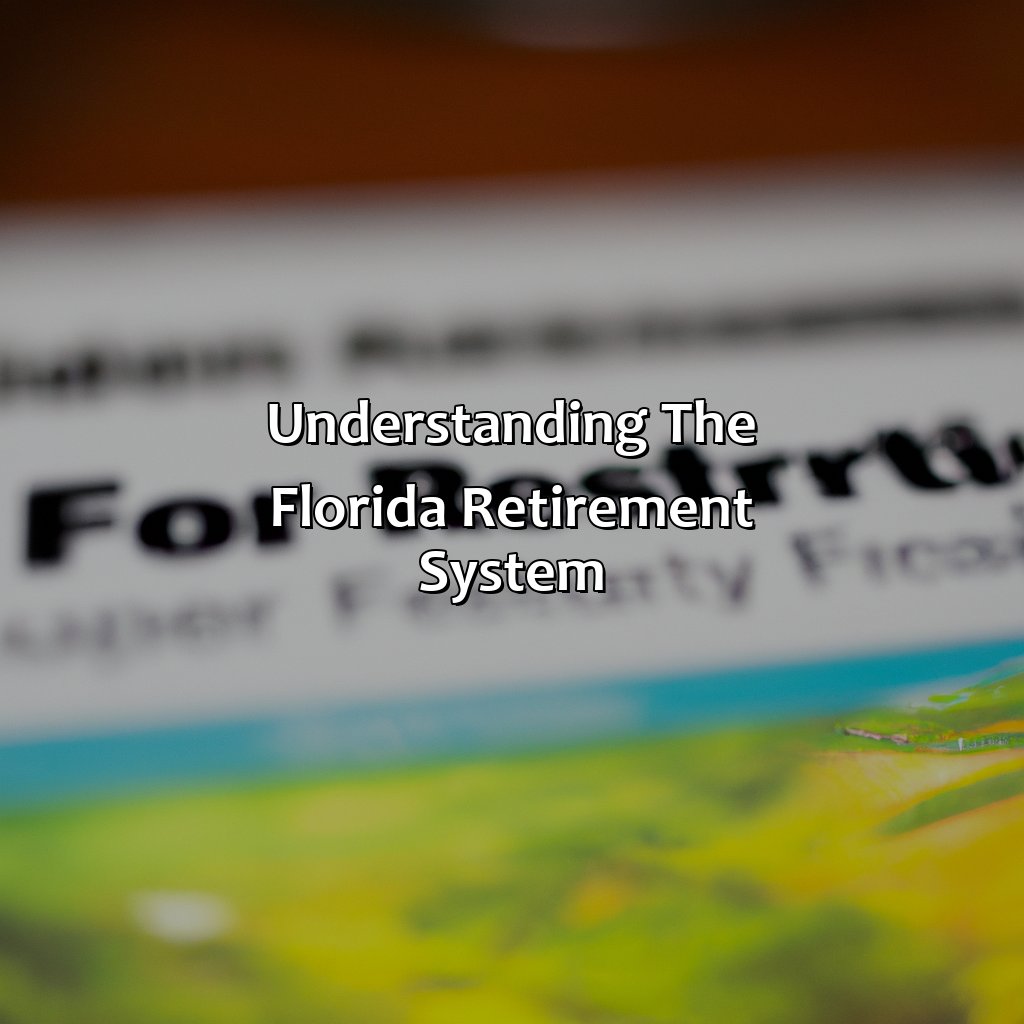
Image credits: retiregenz.com by Adam Arnold
Funding of the Florida Retirement System
The viability of the Florida Retirement System’s financial stability remains a critical topic among stakeholders. Reports indicate that the state employees’ retirement trust fund is well-funded with assets under management worth billions of dollars. The fund’s current funding status suggests that it can meet its obligations for decades to come, making it one of the most dependable systems in the US.
The state of Florida uses a defined benefit plan for its employees, where contributions from the employer, employee, and investment earnings support the benefits payout. The system’s actuarial funding status, reflecting the funded ratio, is a measurement of its financial health – the current report reveals that the system’s funded ratio stands at 85.8%.
Florida’s legislatures have made adequate contributions towards the system and have implemented prudent investment strategies that have helped grow the trust fund balance over the years. Interestingly, the system’s history indicates that it has been well-managed and has never defaulted on its obligations to date.
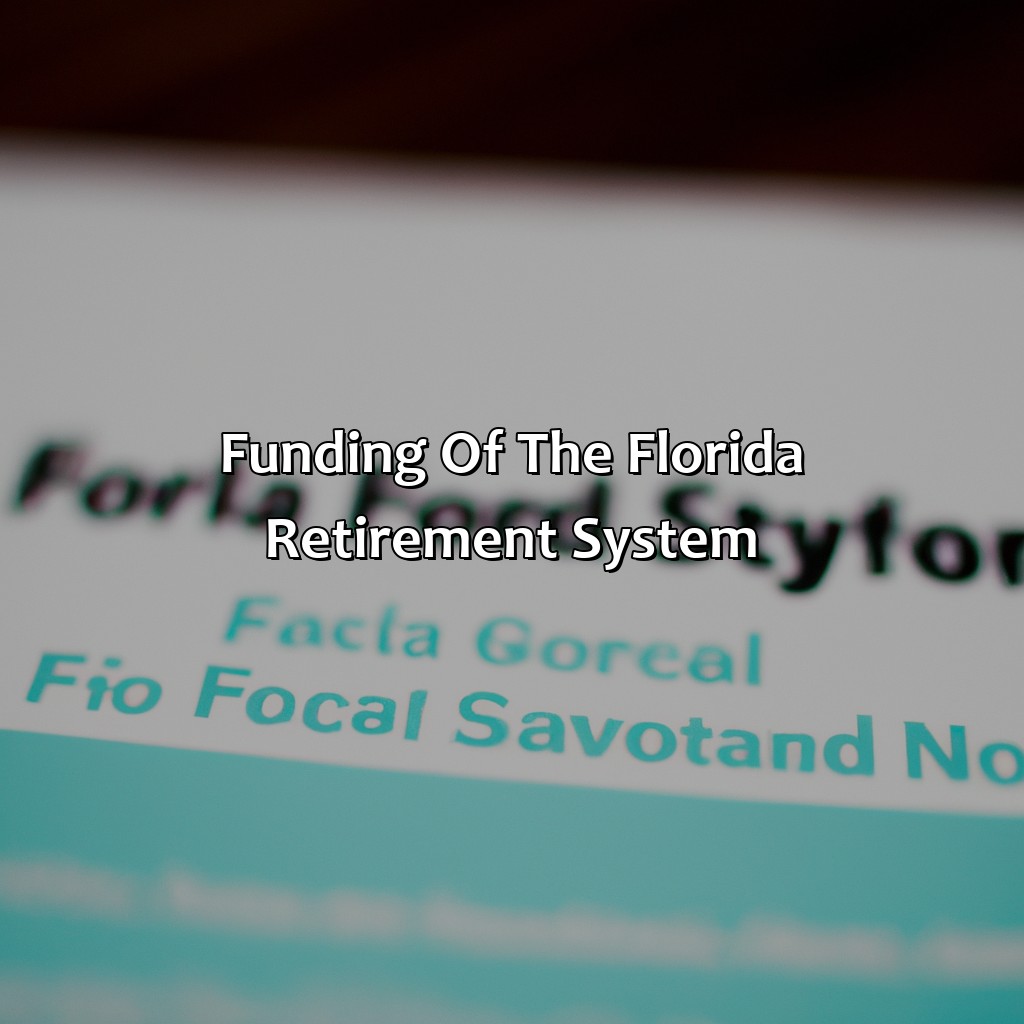
Image credits: retiregenz.com by David Washington
Status of the Florida Retirement System
Florida Retirement System: An Overview of Its Fund Status
The Florida Retirement System’s fund status has been one of great interest. The retirement system was established to provide retirement benefits to eligible employees of the state, and it has grown to include the Florida Retirement System Investment Plan, a defined contribution plan for state employees.
The fund has remained stable, and its actuarial value has increased over the years. It has remained adequately funded even in challenging times, with a funding ratio of 84.9% and assets exceeding $160 billion.
The Florida Retirement System prides itself on its sound investment strategies that have helped to keep it well-funded. The system is invested in a diverse portfolio that includes domestic and international equities, fixed-income securities, real estate, and alternative investments.
Pro Tip: As with any retirement plan, it is important to regularly review and assess your investment strategies to ensure that they align with your retirement goals. Consider consulting with a financial advisor to help you make informed decisions.
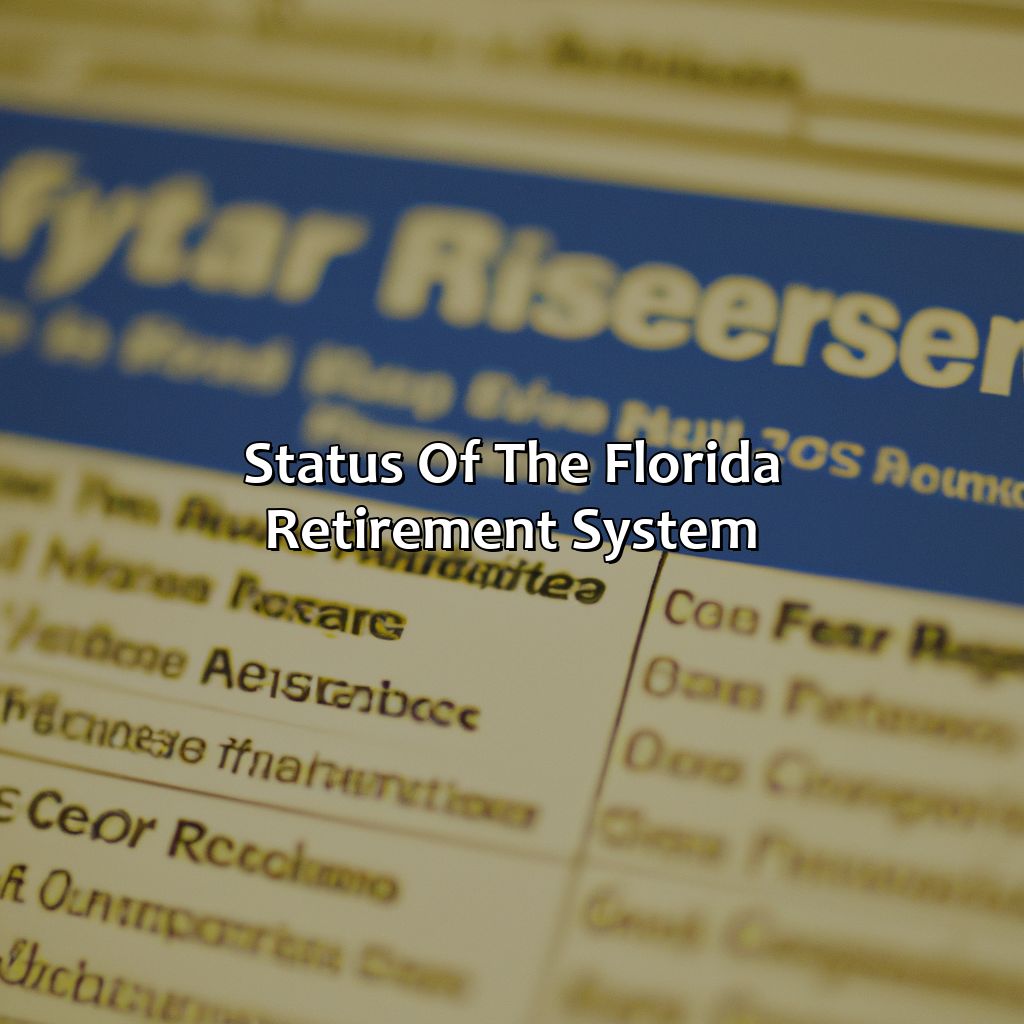
Image credits: retiregenz.com by Joel Duncun
Factors affecting the funding of the Florida Retirement System
The adequate funding of the Florida Retirement System is dependent on several underlying factors that contribute to the system’s stability. These factors include the contributions made by the employees and employers, investment returns, demographics, and economic conditions. The contributions made by the employees and employers determine the inflow of funds, while the investment returns determine the growth of assets. Demographics and economic conditions play a crucial role in determining the system’s future liabilities. Therefore, a robust funding mechanism must account for these factors, ensuring the system’s sustainability over time.
Furthermore, the Florida Retirement System’s funding can be affected by changes in legislation, such as the retirement age, benefit calculations, and rate of contributions. These changes may positively or negatively impact the system’s funding, and, thus, have long-term implications on its stability. Hence, it is crucial to monitor these legislative changes and their potential effects on the system’s funding status continually.
It is also important to note that the Florida Retirement System has consistently demonstrated sound financial management. The system maintains a conservative investment approach, ensuring long-term viability, and has diversified its asset allocation to minimize market fluctuations.
According to a report by the Pew Charitable Trusts, Florida’s retirement system has consistently been ranked among the top states in terms of its funding status. As of 2020, the system was funded at 84.5%, placing it in a strong position relative to other states’ retirement systems.
Overall, maintaining adequate funding for the Florida Retirement System requires careful consideration of several underlying factors, including contributions, investment returns, demographics, economic conditions, and legislative changes. Through sound financial management and monitoring, the system has consistently demonstrated its sustainability over time.
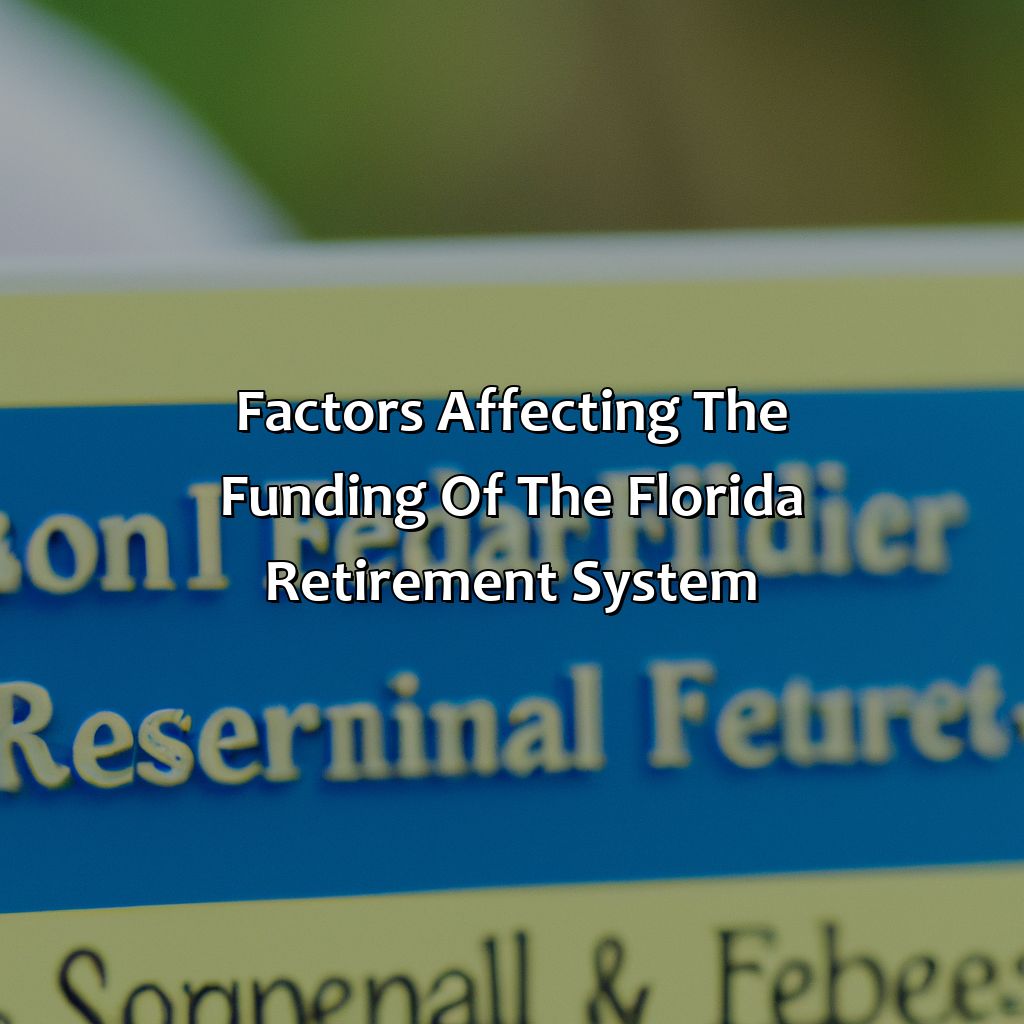
Image credits: retiregenz.com by Adam Duncun
Five Facts About the Florida Retirement System:
The Florida Retirement System is one of the largest public pension plans in the country, with over 1 million members. (Source: Florida Division of Retirement)
The system is funded by employee and employer contributions, with employees contributing 3% of their salary and employers contributing a varying percentage based on the type of employer. (Source: Florida Division of Retirement)
The system’s funding ratio, which measures the ratio of assets to liabilities, was 86.7% as of June 30, 2020. (Source: Florida Division of Retirement)
The Florida Retirement System offers several retirement plans, including a defined benefit plan, a defined contribution plan, and a cash balance plan. (Source: Florida Division of Retirement)
The system is overseen by the State Board of Administration, which manages investments and provides fiduciary oversight. (Source: Florida Division of Retirement)
FAQs about How Well-Funded Is The Florida Retirement System?
How well-funded is the Florida Retirement System?
The Florida Retirement System is considered to be well-funded in comparison to other state pension plans in the United States. As of 2021, the Florida Retirement System is 84% funded, which means that it has enough assets to cover 84% of its pension obligations.
What factors contribute to the funding level of the Florida Retirement System?
There are several factors that can influence the funding level of the Florida Retirement System, including investment performance, actuarial assumptions, benefit design, and funding policy. The strength of each of these factors can impact how well-funded the system is at any given time.
What are the potential risks associated with an underfunded pension system?
An underfunded pension system can pose significant risks to both employees and taxpayers. If a pension plan is underfunded, it may not have enough assets to cover its promised pension benefits, which could lead to benefit reductions and financial strain for retirees. Additionally, taxpayers may be required to contribute more money to the system to make up for any funding shortfalls.
What steps is Florida taking to ensure the long-term sustainability of its retirement system?
Florida has taken several steps to ensure the long-term sustainability of its retirement system, including increasing the retirement age, adjusting the benefit formula, and contributing more money to the system. Additionally, the state regularly conducts actuarial studies to evaluate the financial health of the system and make any necessary adjustments.
Are there any potential threats to the funding level of the Florida Retirement System?
As with any pension system, there are potential threats to the funding level of the Florida Retirement System. Economic downturns, changes in demographic trends, and funding policy changes could all impact the system’s ability to meet its future pension obligations.
How does the funding level of the Florida Retirement System compare to other state pension plans?
Compared to other state pension plans, the Florida Retirement System’s funding level is relatively high. In fact, a 2019 study by the Pew Charitable Trusts ranked Florida’s retirement system as one of the top ten best-funded state pension plans in the country.
 Checkout this IRS Loophole
Checkout this IRS Loophole 
